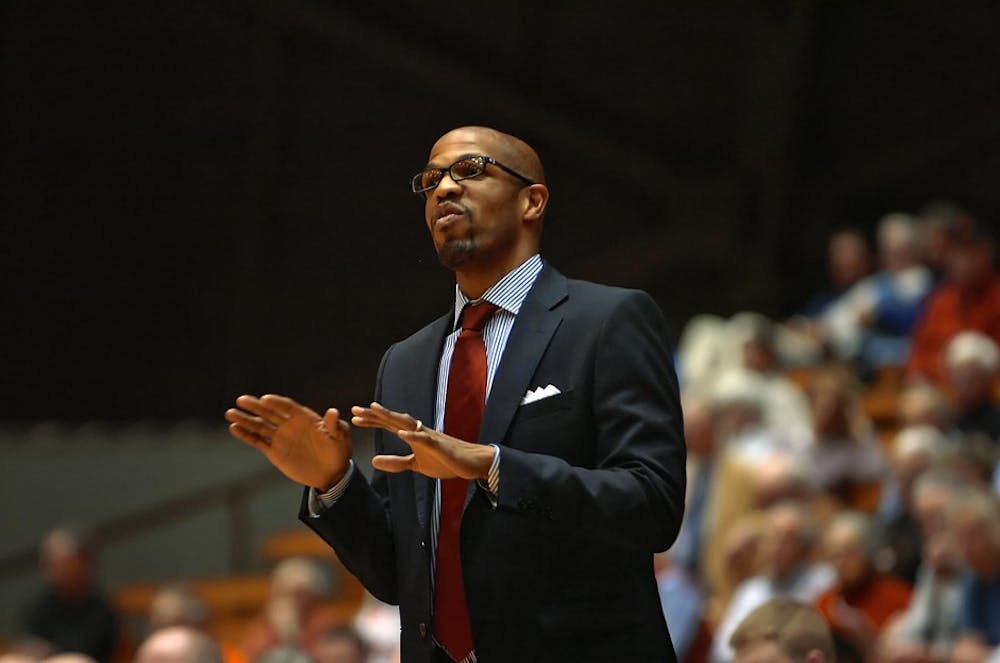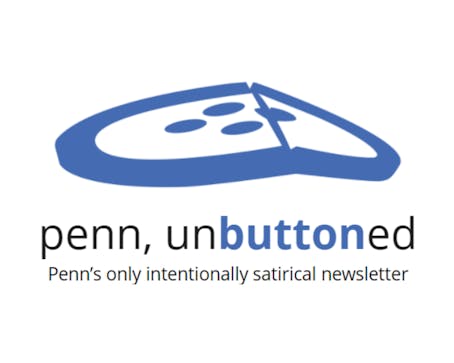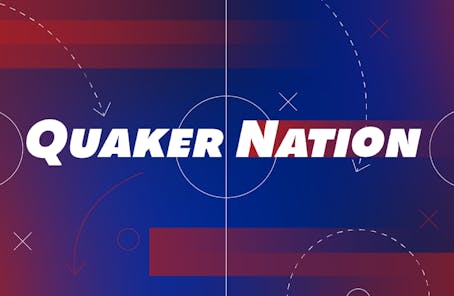
The recruiting season is in full swing, and though it may not be time to hit the panic button, the early returns are at the very least a red flag.
With no reported commitments, Penn is the last Ivy League school to grab its first member of the recruiting class of 2011 and two of coach Jerome Allen’s most highly touted targets — Wesley Saunders and Kenyatta Smith — chose instead to join Tommy Amaker at Harvard.
These facts implicitly raise an important question currently being tackled by thousands of prospective applicants — Why Penn?
Or, perhaps more significantly, why Penn and not somewhere else?
The most obvious and compelling reason is the school’s academic prestige. Outside of Stanford in the Pac-10, the Ivy League offers the best Division I programs attached to top-ranked academic institutions.
But as much as we all love our school, admissions statistics and yield rates indicate that, in the aggregate, prospective undergraduates would rather go to Harvard, Princeton or Yale than dear ole Penn.
At best, academics are a recruiting wash when competing against other Ivy programs.
The comparative financial aid availability across schools is probably not a wash, which can be an important factor in a league that does not offer athletic scholarships. The advantage there goes to the Crimson as well. On average, Harvard offers the largest financial aid package, with almost 70 percent of students receiving aid, according to AdmissionsConsultants.
Another crucial aspect for many prospective students is the “feel” of a school, but such personal, subjective evaluations are difficult to influence.
Before Smith committed to Harvard, he told The Crimson that when he visited Penn’s campus, he “just didn’t feel the connection.”
Saunders, on the other hand, praised Penn for having “a more social environment than Harvard did.”
Those opinions will vary from individual to individual, just like they did for all of us when we toured campuses as high-school students. Not even the world’s best recruiting can overcome gut instinct.
So the most important things that the Penn coaching staff and players can really sell is the on-court product.
Historically, Penn could sell the tradition of the Big 5, which has no parallel at the other Ivies. While that still guarantees the Quakers a relatively robust nonconference schedule, it’s hard to call them rivalry games when in recent years Penn has fared more like a convenient, locally-baked cupcake.
Penn also boasts the history and splendor of the Palestra, but while the arena aesthetically trumps the offerings at other Ivy League schools, it’s not half as beautiful when the student section isn’t even half full.
To restore the relevance of those secondary recruiting advantages, Allen must first be able to convince recruits that Penn is the best place in the Ivy League to win.
Success on the court breeds even greater success by enticing superior talent — creating a positive feedback loop.
Saunders said that compared to Penn, he “thought the talent level was a little better at Harvard,” and on paper, his and Smith’s commitments could widen that disparity in the near future.
To overcome that gap, Penn’s recruiting personnel must continue to work tirelessly with future targets to engender familiarity and comfort with the team and coaching staff.
Over time, if Allen can offer not just a hope, but an expectation of an NCAA Tournament berth, Penn will once again have the clear edge over its Ivy brethren.
ARI SEIFTER is a senior computer and cognitive science major from Ellicott City, Md., and is former Associate Sports Editor of The Daily Pennsylvanian. He can be contacted at dpsports@theDP.com.
The Daily Pennsylvanian is an independent, student-run newspaper. Please consider making a donation to support the coverage that shapes the University. Your generosity ensures a future of strong journalism at Penn.
DonatePlease note All comments are eligible for publication in The Daily Pennsylvanian.




